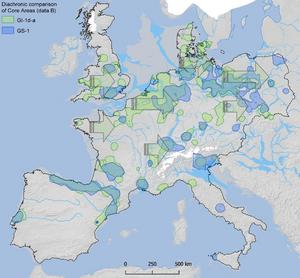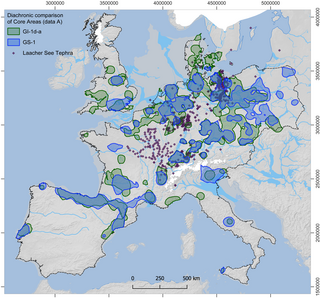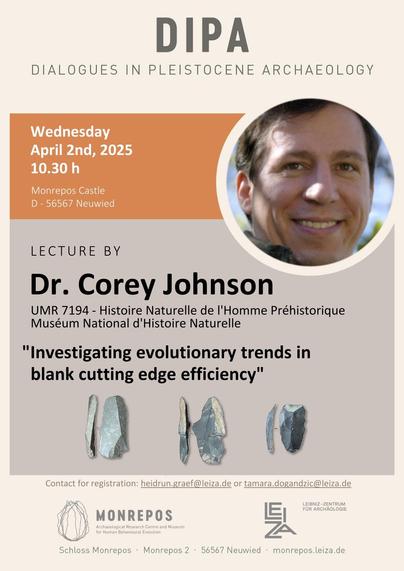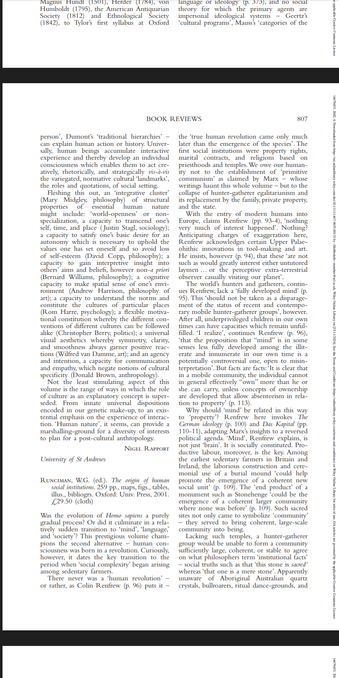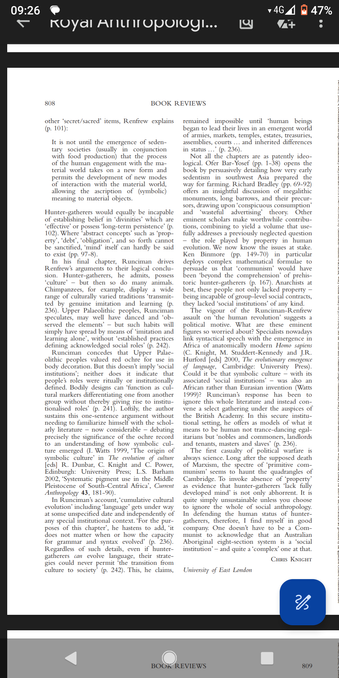On the occasion of the death of world famous #Neolithic #archaeologist and Tory peer #ColinRenfrew we have a few things to say.
Looking down at us from the #Cambridge high table, he made some severe misjudgements. His #sapientparadox was an attempt to argue that while #Homosapiens bodies evolved in #Africa, somehow we didn't get smart till we hit #Europe.
Also highly questionable was his attitude to the #cognition of #huntergatherers who, so he said, 'lacked fully developed mind'. According to him, they needed to borrow language from farmers.
We had some big political and social institutional differences with Renfrew. Our own Chris Knight goes through the whole context in a review below
#archaeology #Renfrew #racism #Indigenous #Palaeolithic #humanorigins
JRAI 2002, 8: 807-8
A devastating review by Chris Knight of the Runciman collection 'The Origin of Human Social Institutions'
